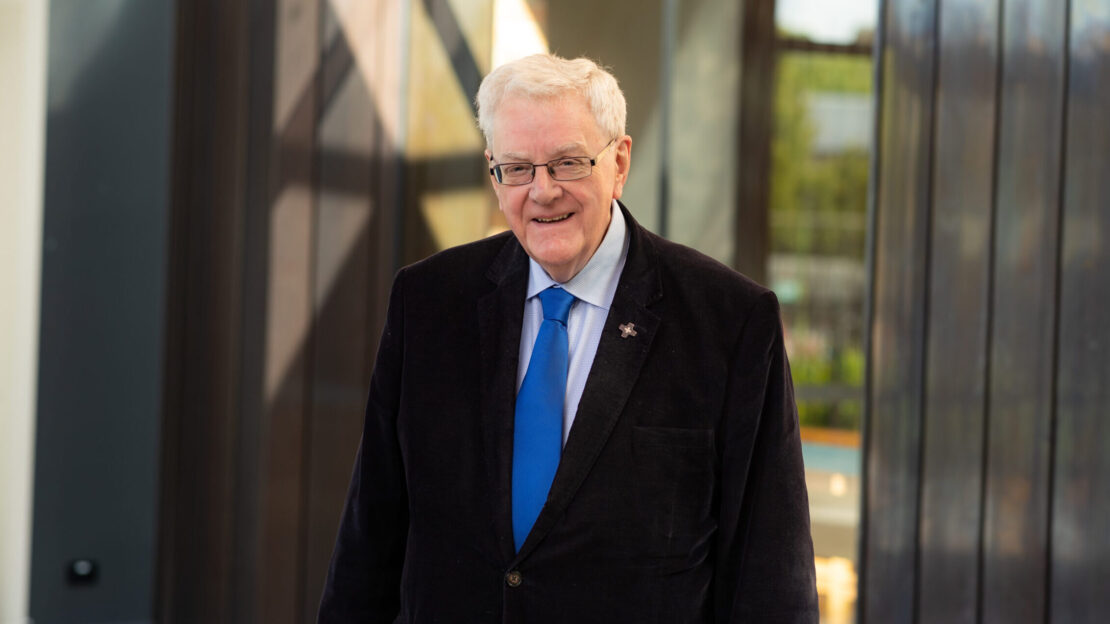Different Times in History
In the course of a two-thousand-year history, the Church has lived in different historical contexts and has had to adapt to them. Over the last two weeks in this segment, we have looked at one of these contexts, in particular the one issued by the conversion to Christianity of the Roman Emperor Constantine and all that flowed from that.
The long period from the conversion of Constantine to today has of course itself gone through many different historical epochs. What those epochs had in common as from the conversion of Constantine was the inter-penetration of Christianity and European society. But within that long period, there were many very significant historical changes.
Once the Roman Empire fell apart, kingdoms and baronies arose in Europe and the overall sense of unity provided by the Empire tended to be lost. Many of these kingdoms and fiefdoms were ruled over by princes of the so-called barbarian peoples who became dominant in the areas which were once part of the Empire.
These peoples were of differing religious persuasions and those who claimed to be Christian had a rather frail grasp on what Christianity was and what it called for from them. This opened up a wider need for a deeper Christianisation of these peoples.
Christian missionaries tried to work among them with more and less success. They sought to bring about again what had happened with Constantine, that is they sought to convert the rulers – often through their wives – with the aim of bringing about the Christianisation of their peoples. This occurred in the countries we now know as Italy, France, England, Spain and Germany and eventually in the other parts of Europe.
The principle at work in these efforts of conversion was that of creating a Christian kingdom or barony which would in turn make its members Christian. We can see this principle at work in the work of archaeologists who have unearthed the relics of pagan temples that are present under the sites of significant Catholic places in Europe. So, for instance, Notre Dame de Paris is built on a site where Julius Caesar had built a temple to Jupiter. These changes of temples into Churches and pagan feasts into Christian feasts and so on illustrates the process of Christianisation that was afoot. And in those days it worked well enough.
By Fr Frank O’Loughlin




Comments
Add Comment